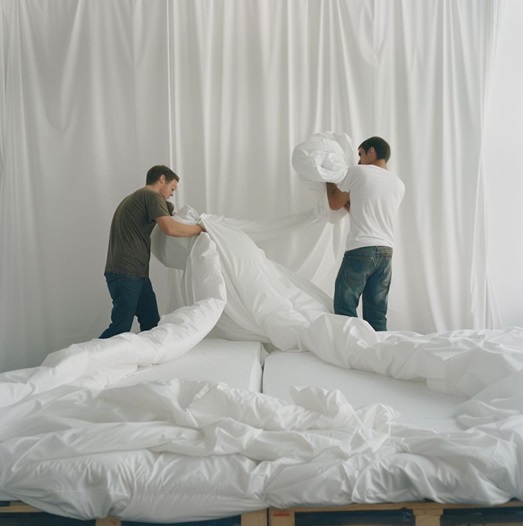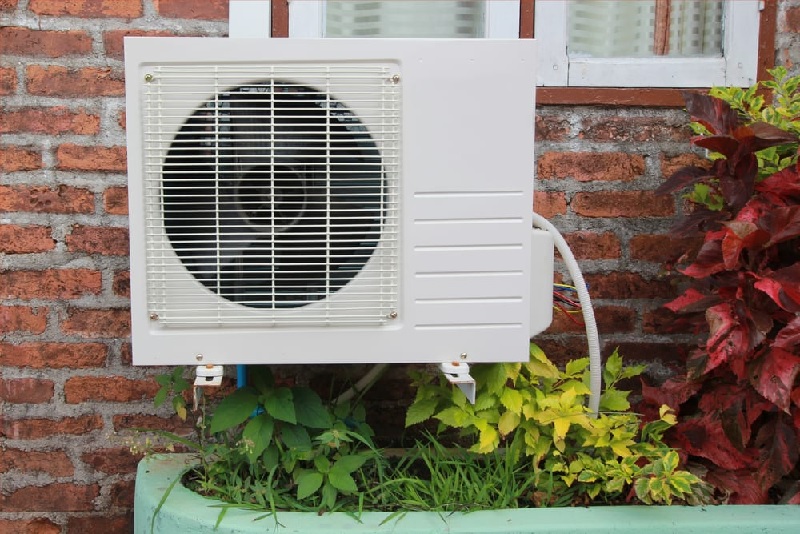Hotels must ensure their guests can get a good night’s sleep. The way to do this is by providing them with a tranquil environment. Any kind of noise can interrupt a guest’s sleep or wreak havoc on the ambience that they were enjoying.
A few contributors to a hotel’s success include local amenities and major transport links. However, acoustic challenges arise with things such as nearby airports. train stations, motorways and town centres. Developers face challenges of creating peaceful and calm internal conditions, even though surroundings might produce noise around the clock. If you’re in London and need help with acoustic challenges, you can consult acoustic consultants near London.
Keep The Noise Out
High levels of noise are a major problem, but another issue is the actual content of the noise. For example, noise from transportation is produced at low frequencies. Low-frequency noise usually has the biggest effects, which is why this type of noise has to be reduced as much as possible.
Generally speaking, the window is the weakest point of hotels. At least that’s the case when it comes to reducing low-frequency noises. This isn’t always the case, but more often than not it is.
Throughout the day road traffic can produce noise. The noises produce tend to be sharp, and in short bursts. Nonetheless, such noises can disrupt a guest’s sleep.
Hotels can take several measures. These measures can be taken into consideration in regard to the overall layout and design of the property. These measures include:
- Reduce the source of the noise
- Use screens, bunds or other screening options between the property and the source of the noise
- Place rooms as far from the source of the noise as possible
If the above measures have been tried, then consider the external façade. There are glazing solutions that can be used in situations. Some options include:
- Airspace double glazing
- Acoustic linings
- Laminated acoustic glass
Bear in mind that the above measures can cost a lot of money, but the good news is there are 3D acoustic modelling techniques that you can use. Using these techniques, as well as software, allows you to get an idea of what kind of effect noise will have on each floor of the hotel. Also, keep in mind that the taller the building, the different the noise levels will be.
3-D modelling software is used by Auricl. This is used to assess noise levels and the effects of alternative design options. It also allows enables cladding materials to be assessed and evaluated. In turn, you’ll find an acoustic solution that is the most cost-effective.
Everything Under A Single Roof
Hotels also have acoustic challenges within the interior. The majority of hotels have several facilities under a single roof. This is to appeal to as many people as possible, which in turn increases the chances of max occupation.
For example, many hotels have gyms, function rooms and restaurants within their property. However, all of these amenities can create noise. Nearby rooms and conference rooms can be subjected to noise from such amenities. For instance, if a bar is located right next to a room, then guests in that room will likely hear music from the bar, as well as other sounds such as thumping if people are dancing.
Music is usually the main source of the noise. As a result, hotels have a familiar issue to deal with. Dance music specifically can create low-frequency noise due to its nature, such as low bass. Controlling such noise can be difficult because the floors and internal walls of the hotel typically don’t do a good job of reducing this type of noise.












